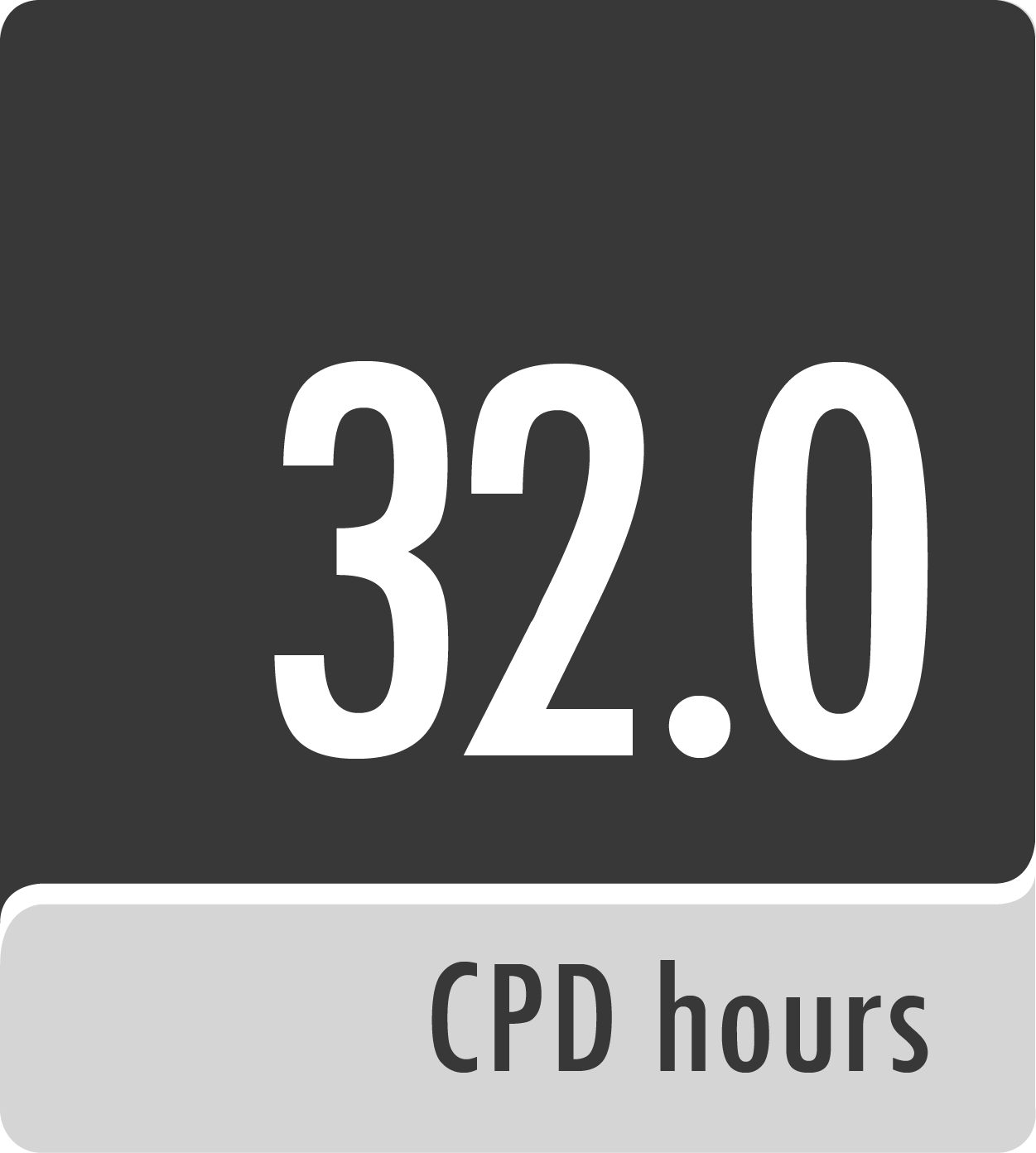

A hazard study 2 (HazID) aims to identify the main process safety hazards in the process and ensures that appropriate safeguards have been put in place. It asks questions like:
The main difference between HS2 and HazOp (HS3) is that HS2 uses a “top-down” approach, whereas HazOp uses a “bottom-up” approach. HS2 also requires less detailed design information than HS3, and takes less time to do. Carrying out a HS2 saves time and money for the project by hopefully identifying any serious issues before the design has progressed too far. To get the best value from HS2, it should be carried out once process flow diagrams (PFDs) are available, but before full piping & instrumentation diagrams (P&IDs) have been produced. Sufficient time should be allowed in the project program to allow actions raised at HS2 to be completed before the design is frozen for HazOp.

 HazOp Training for Leaders
HazOp Training for Leaders
For people who already have some experience of HazOp, and now want to go on to facilitate hazard study meetings.

 HazOp Training for Team Members
HazOp Training for Team Members
For anyone attending HazOp or other hazard study meetings as a team member.
HS2 for Semiconductor Facility Gas Supply System
Industry: OtherProject to facilitate a Hazard Study 2 (HazID) on the installation of new saturated steam package boilers.
Industry: Mining / Metal / CementA Process Risk Assessment 2 (PRA2) study and associated report for a new herbicide process, with raw material supply from isotankers. The PRA2 was carried out by a multi-disciplinary team comprising representatives from the client and =Method with experience in Process Engineering, Process Operations, Project Engineering and Project Management, Chemistry, and Process Safety. The project was executed in accordance with =Method Safety Plan and followed the client's own PRA procedures.
Industry: AgrochemicalHazard Study
Industry: Chemical=Method facilitated a HS2 for a new, novel chemical process. The completion of this HazID identified key information required for HazOp, and ultimately saved significant time at the HazOp stage as a number of key safety concerns had already been addressed.
Industry: Chemical
You can contact =Method below:
p: +44 (0)1462 713313
E: support@methodprosafe.com. T: 44 (0)1462 713313. W: www.methodprosafe.com